Did you know, according to the Farmer’s Almanac, when you plant native flowers that attract beneficial insects, you can attract native bees and other pollinating insects to your garden? The more diverse you can make your garden, the more insects you can attract to protect it.
When I’m asked for spring planting recommendations from my friends, I encourage them to consider using native plants in their yard. Not only are they beneficial to our pollinators, but they grow best in our area. Most of these plants can be found at local nurseries and garden centers, or you can go online and purchase them.
Examples of Native Perennials for Our Midwestern gardens:
- Beardtongue (Penstermon Digitalis)
- Butterfly Weed (Asclepias Tuberosa)
- False Indigo (Baptisia Autralis)
- Swamp Mallow (Hibiscus Moschuetos)
- Purple Coneflower (Echinacea Purpurea)

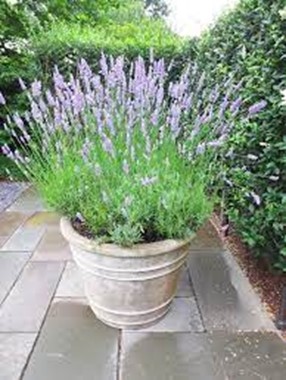
Wondering What to Grow in the Containers Around Your Patio This Year?
Some of my favorite container plants are lavender and basil. I like to put several varieties of these plants in large containers next to the sitting area on my patio. Both of these varieties smell and look beautiful, and did you know they are great at repelling mosquitos?
Tip for growing lavender:
I love lavender because it grows best when ignored! Lavender loves to be warm with its roots in well-drained soil. Years ago, a gardener shared with me to put pea gravel around the plants base to help with drainage and to keep the plant warm. I have had great success growing lavender using this tip!
Want to Grow Healthy Basil Plants? Here’s How:
- Keep your plant warm. If there is threat of cold weather, cover it until warm weather returns.
- Basil plants love good drainage. Make sure your container has several holes in the bottom or if you plant directly in the ground, the soil should be well-drained.
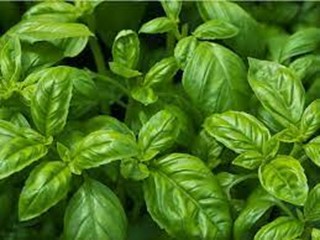
- Basil likes to be watered and kept moist. A great tip is to water the plants deeply once a week when planted in the ground. Plants in pots may need to be watered more often. Water the soil, not the plant’s leaves, and don’t overwater or you could cause the stems to rot or mildew.
- Fertilize plants every two to three weeks with fertilizer that has equal parts nitrogen, potassium, and phosphate.
- Begin harvesting plants when they are over six inches tall, and when you can still leave at least two layers of leaf growth behind on the plant. When cutting, cut the stalk about .5 inches above the second set of leaves and your plant should start new growth in a week or so. A good rule is to leave at least 1/3 of the basil plant after harvesting. Don’t let the plants flower, as this will make the leaves bitter. If you see flowers forming, cut off the flower and you will have more great leaves to enjoy in the future.
What Do I Recommend to My Friends to Plant?
Depending on the amount of sun exposure, here are some of the plants I recommend:
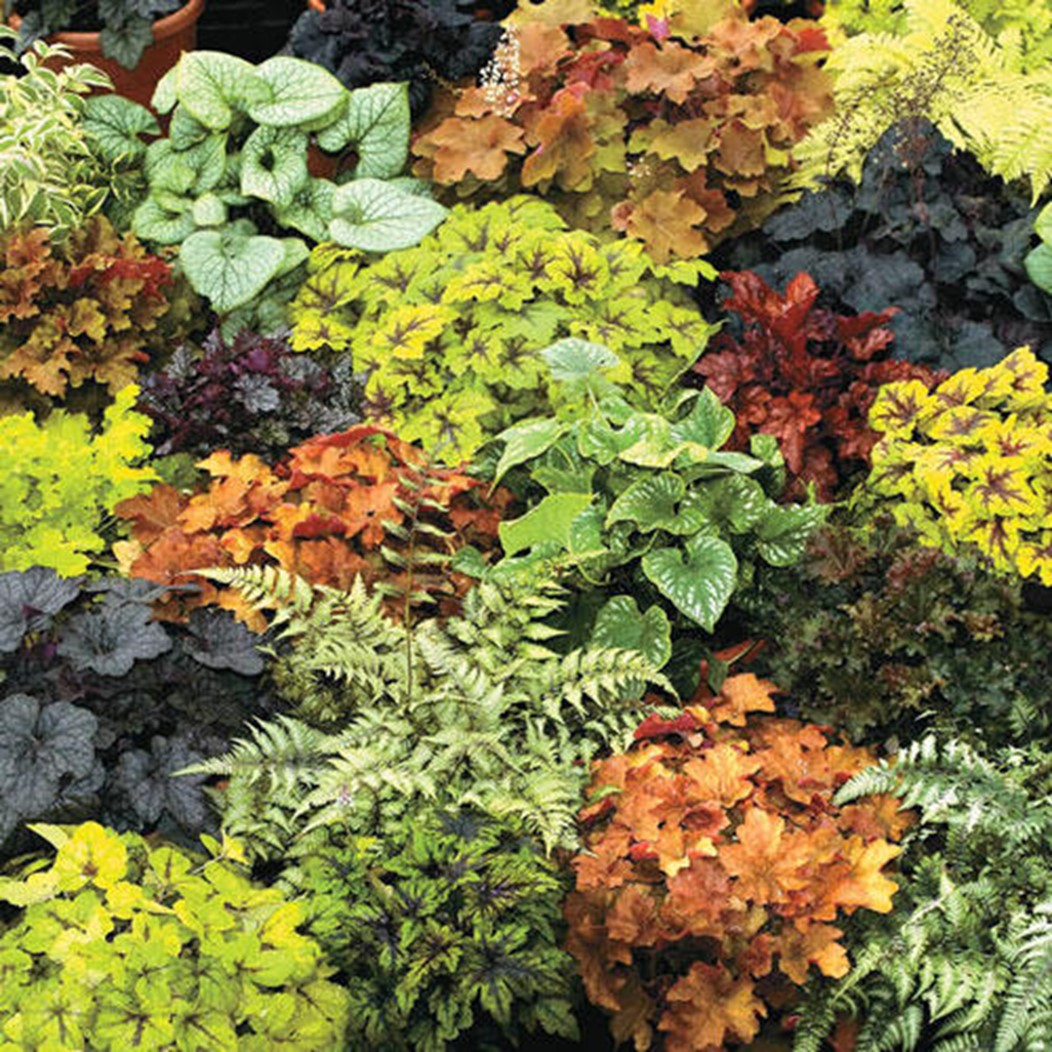
Plants for Shady Yards:
- Coral Bells
- Astilibe
- Primrose
- Lady’s Mantle
- Hostas
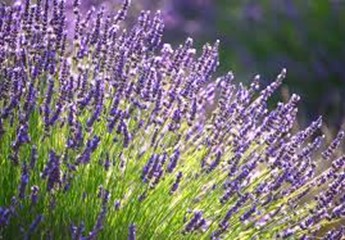
Plants for Sunny Yards:
- Lavender
- Hibiscus
- Dahlia
- Bee Balm
- Russian Sage
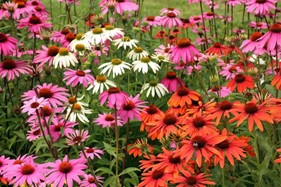
Butterfly & Bee Attracting Plants:
- Coneflower
- Zinnias
- Salvia
- Columbine
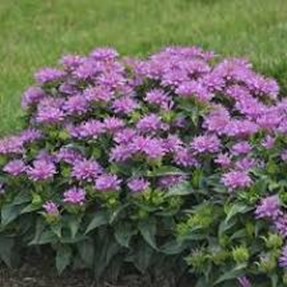
Plant to Attract Hummingbirds:
- Bee Balm
- Columbine
- Blue Lupine
- Phlox
- Salvia
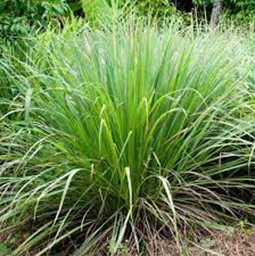
Plants to Repel Insects:
- Basil
- Lavender
- Lemongrass
- Lemon Thyme
- Mint
Want to Know Where I Go for Recommendations With My Gardening?
Here are some of my favorite websites:
- Hamilton County Master Gardeners Association
- Purdue University
- Farmers’ Almanac
- Monarch Butterfly Garden
- The Spruce
- Treehugger
When & What Should I Plant?
Now that the weather has turned the corner from winter to spring, it is time to start researching and planning your garden. But don’t plant too early!
- What to plant: Look for plants that grow best in zones 5 and/or 6. As of 2012, our zone went from zone 5 to 6, but I still recommend planting for zone 5 and trying some for zone 6 in warmer and protected areas around your garden.
- When to plant outside: I recommend waiting until Mother’s Day when the frost threat has passed. If you can’t wait that long, wait until after April 29, when, according to the Farmers’ Almanac, our average last frost date has passed.
Keep Fishers Beautiful, the City’s annual celebration of volunteerism and sustainability, brings together residents, homeowner’s associations, local businesses, and organizations to support the vibrancy of our City and neighborhoods.
This year, you can get involved from the comfort of your own home with ways you can Keep Fishers Beautiful at home, at work, and in your community. Learn more.
Karen Devereux is a Fishers resident of 16 years and an Advanced Master Gardener and member of Hamilton County Master Gardener Association. Along with gardening (her favorite plants are basil, lavender, Russian sage, roses, salvia, and daisies), she loves to travel, visit the Fishers Farmers’ Market, hike and bike around Fishers, and spend time with her friends on her patio. She volunteers with the HSE High School Horticultural Class in their greenhouse, as well as at Guerin Catholic High School in their garden. Her favorite thing about gardening is that you never stop learning, along with the fun and interesting people she has met through the organization and while volunteering in the community. She has been married to her husband, Timothy, for 35 years and they have two grown children, Ian and Lauren, and two very well-fed cats.
If you are interested in becoming a Master Gardener, you can find more information on the Hamilton County Master Gardener Association website, along with information about gardening that is very helpful for all levels of expertise.

